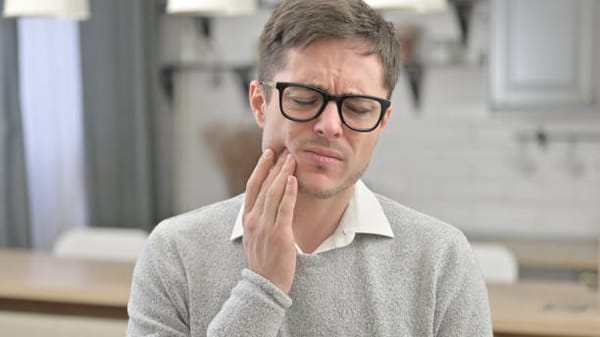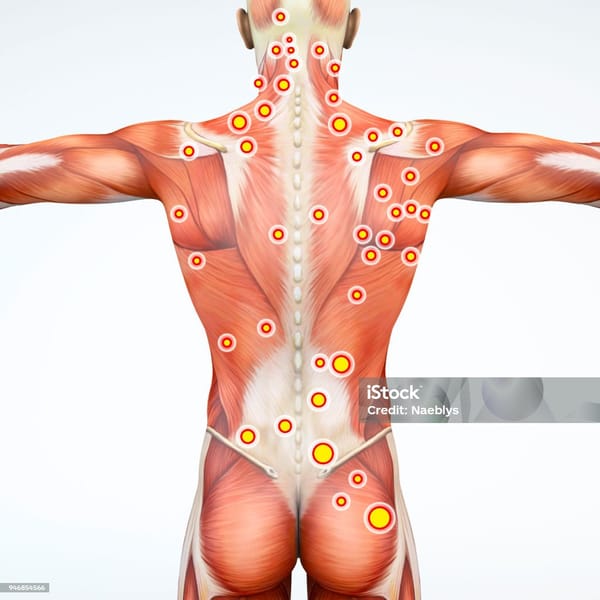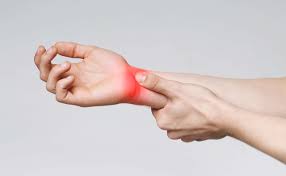
What is Muscle Overcompensation? Iler Method® Therapy Explained
We are all born asymmetrical, and our natural flexibility often masks these imbalances as we grow. Once we stop growing—typically around ages 14-15 for girls and 18-19 for boys—we begin to compensate.
According to research from the Journal of Orthopaedic & Sports Physical Therapy, muscle imbalances and asymmetry can lead to chronic pain and decreased mobility over time (Journal of Orthopaedic & Sports Physical Therapy, 2021). This highlights the importance of understanding how our bodies compensate for natural asymmetries, especially as we age. In this blog post, we'll dive into muscle overcompensation and how the Iler Method® can help address these imbalances, promoting better movement and reducing pain through a structured sports massage therapy plan.
Understanding Asymmetry and Muscle Overcompensation
We are all born asymmetrical, and our natural flexibility often masks these imbalances as we grow. Once we stop growing—typically around ages 14-15 for girls and 18-19 for boys—we begin to compensate. This compensation continues until around age 25.
Our muscles become less flexible, and the range of motion of our joints decreases. This overcompensation often leads to muscle and joint pain and muscle imbalances. From 25 onwards, we start overcompensating as the Universal Pattern of Compensation (UPC) system solidifies.
This sports massage theory, unique to the Iler Method®, describes how specific muscles overcompensate for imbalances, leading to acute and chronic issues.
What is the Universal Pattern of Compensation (UPC)?
Through his work with thousands of runners and athletes, David Iler, the founder of the Iler Method®, discovered the Universal Pattern of Compensation (UPC™), a method for identifying the reason for pain related to movement. He found that specific muscles consistently worked together to compensate, forming two distinct posterior chains.
This pattern held regardless of injuries, spinal deformities, or hand and foot dominance. The twenty individual muscles in the chains act as "workhorses," performing most of the body's work during movement.
Over time, these muscles often develop trigger points and adhesions. Trigger points and adhesions are good short-term fixes used by the body to adapt to soft tissue stress, but they are not long-term strategies.
As the muscles continue to overcompensate, they lose flexibility and start to put pressure on the joints and nerves. Releasing these trigger points and adhesions takes pressure off the joints and nerves, relieving the tension causing the pain.
Understanding How the UPC Muscles Work with Asymmetry
The structural, right-oriented asymmetry of the pelvis underlies all human movement. This influence makes it easier for the pelvis to rotate clockwise rather than counterclockwise. The UPC muscles work with joints during locomotion to facilitate forward momentum.
The left posterior chain acts more like a stabilizer, supporting and maintaining balance. In contrast, the right posterior chain focuses more on mobility, facilitating movement and allowing the body to rotate and move efficiently.
Personalized Multi-Session Treatment Plan
The therapist works with the client to develop the best treatment plan based on their needs and injury history. Factors such as age, sports injuries, one-sided activities, accidents, and the overall complexity of the injury influence the number of sessions required.
Customizing the treatment plan ensures that each client receives the most effective care, targeting their unique issues and promoting long-term healing and prevention.
Since we start to overcompensate at 25, we often recommend 10 hours of treatment—one hour for each year of overcompensation. A multi-session plan allows the therapist time to work on the local pain area and the rest of the UPC muscles in the body.
Addressing all the UPC muscles, not just those in the local area, alleviates stress from the entire UPC system, making the client less susceptible to injury in other areas of their body.
Iler Method® Discovery Session
This critical first session provides all the information needed to create your personalized treatment plan. The Discovery Session allows therapists to understand the scope of work required and the level of attention necessary. Before the Discovery Session, a brief five to ten-minute phone consultation is conducted. The Discovery Session itself, lasting between 45 minutes to 1 hour and 15 minutes, includes:
- Initial intake
- Moving assessments
- Identification of muscles in overcompensation
- Massage treatment
- Recommendations for long-term treatment
Massage Treatment Approach
- Gradual and Thorough Approach: Our approach is gradual and thorough when recommending a multi-session treatment plan.
- Local Pain Focus: We begin by focusing on the local pain area.
- Extended Focus: With each subsequent session, we extend our focus to address the rest of the overcompensated muscles.
- Systemic Tightness: This method addresses the whole body's systemic tightness, reducing overall stress and dramatically alleviating discomfort and pain.
- Multiple Sessions for Optimal Results: The most significant changes typically occur in 5 to 6 sessions within a 10-session program.
The Ten-Session Treatment Plan
Frequency of Sessions
Sessions 1-5 Every 5-7 days to focus on the local pain area and allow for healing of the inflamed area.
Sessions 6-7 Every ten days allow for extended recovery periods.
Session 8 Up to twelve days after session seven.
Sessions 9-10 Up to 14 days apart to maintain progress and prevent regression.
Self-Care and Prevention
- Self-Care Instructions: As you progress through treatment, you'll receive instructions for self-care at home.
- Best Practices: We include best practices for using trigger point tools, heat and ice protocols, stretching exercises, and hydration tactics.
- Activity Recommendations: We also recommend when to rest and resume activities.
- Ergonomic Adjustments: Additionally, we offer ergonomic adjustments to reduce strain and guidance on preventing new injuries.
Conclusion: Achieving Balance and Preventing Pain
The Iler Method Therapy addresses the root causes of muscle overcompensation, providing targeted treatment to alleviate pain, improve mobility, and enhance overall well-being. By understanding our body's natural asymmetry and the stages of compensation and overcompensation, we can take proactive steps to maintain our health and prevent muscle and joint pain through personalized therapy sessions.
The Discovery Session is crucial in tailoring the treatment plan to the client's specific needs, ensuring that your sports massage therapist comprehensively understands the scope of work required. Through a combination of hands-on therapy, education, and personalized care, clients can experience significant improvements in their condition.
Maintaining balance in the UPC muscles and understanding the body's compensatory patterns can significantly enhance an individual's quality of life. The Iler Method empowers clients to take control of their health, reduce the risk of future injuries, and enjoy a pain-free, active lifestyle. The structured approach and personalized care make the Iler Method a comprehensive solution for those seeking relief from muscular pain and discomfort.
Disclaimer: Please note that at Iler Method® Therapy, we specialize in massage therapy and related techniques. All clients must understand that we are not medical professionals, and our services should not be seen as a substitute for medical advice, diagnosis, or treatment. Our practices are designed to support and complement your overall health, but they do not replace professional medical consultation when needed.





